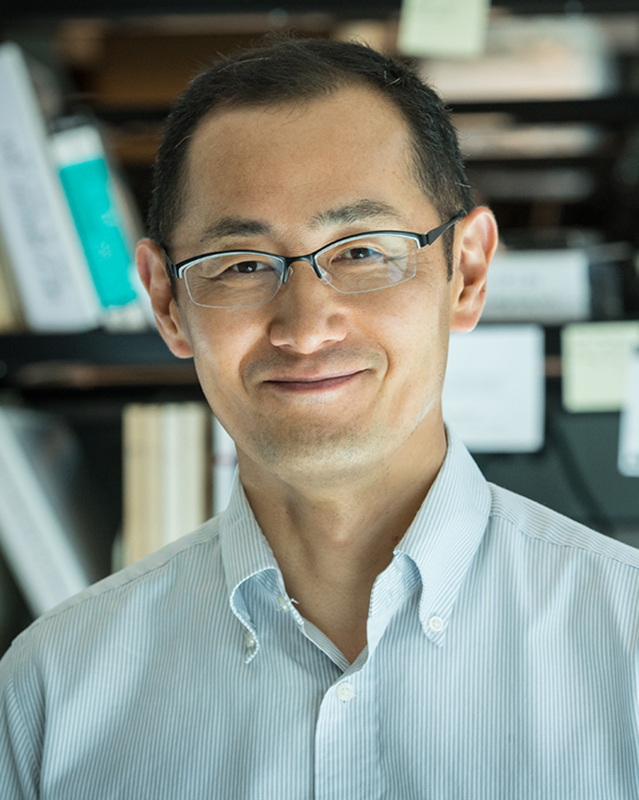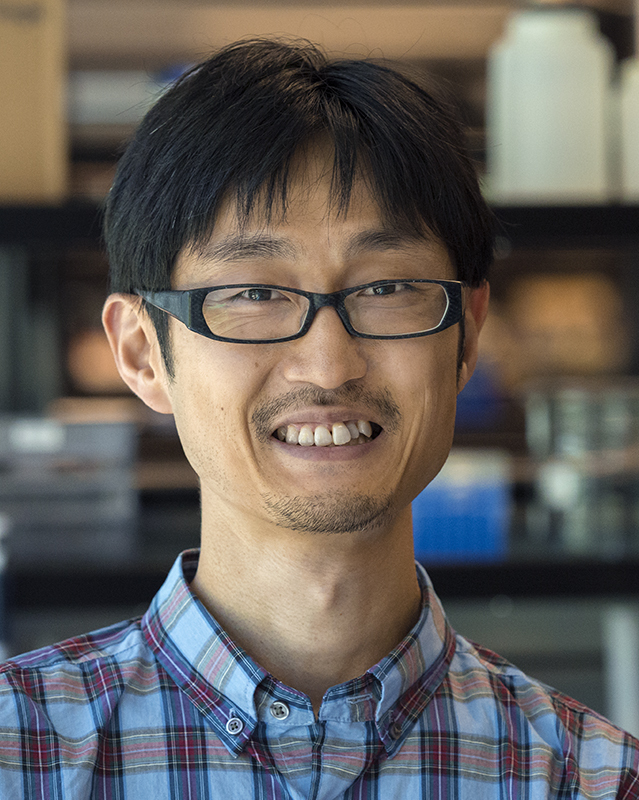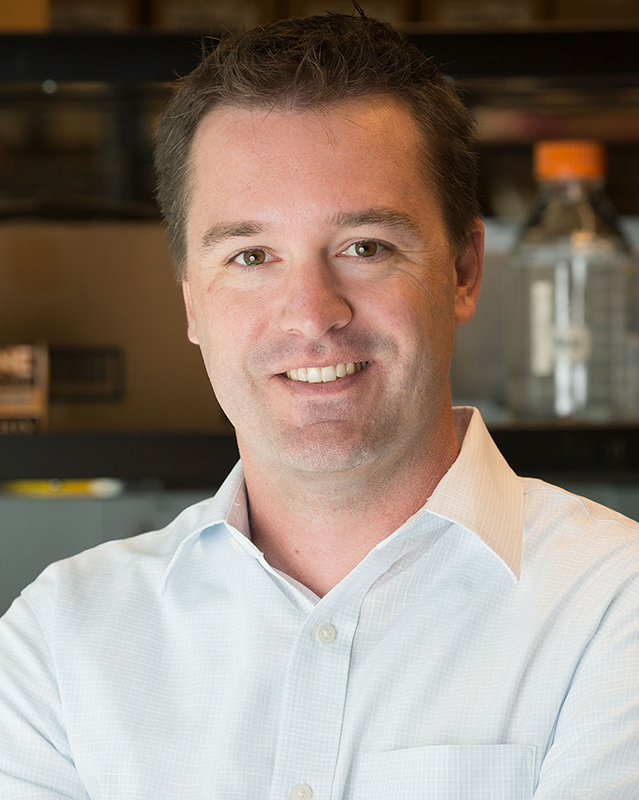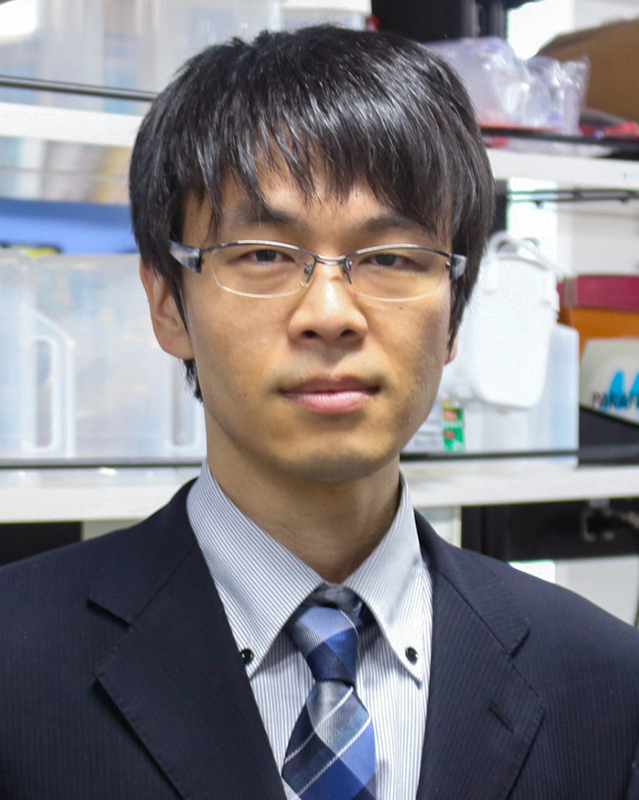Gladstone Institutes and Kyoto University
Kickoff Symposium for the iPS Cell Research Center at Gladstone Institutes
Join leading scientists from Japan and the United States as they discuss the latest in induced pluripotent stem (iPS) cell research, from fundamental mechanisms to its application to the COVID-19 pandemic.
The ideal venue to spark new transpacific collaborations, this symposium will also explore the importance of international partnerships in fueling cutting-edge science.
The symposium will serve to officially launch the iPS Cell Research Center at Gladstone Institutes, created in 2019 to promote disruptive, borderless innovation through advanced biomedical research using iPS cells. This new center is part of the On-Site Laboratory initiative by the Center for iPS Cell Research and Application (CiRA) at Kyoto University.
Agenda
(Times in PST)
| 4:00pm | Opening Remarks Deepak Srivastava, MD, President, Gladstone Institutes |
| iPS Cell Research Center at Gladstone Institutes | |
| 4:05pm | Congratulatory Address Nagahiro Minato, MD, PhD, President, Kyoto University |
| 4:10pm | Introduction to Kyoto University’s On-Site Lab Initiative Toru Kawamura, PhD, Head of Director’s Office and Specially Appointed Professor, CiRA, Kyoto University |
| Session 1: Leveraging iPS Cells Chaired by Hirohide Saito, PhD, Deputy Director and Professor, CiRA, Kyoto University |
|
| 4:15pm | Overcoming Diseases by International Collaboration Shinya Yamanaka, MD, PhD, Senior Investigator, Gladstone Institutes; Director and Professor, CiRA, Kyoto University |
| 4:45pm | NAT1-Mediated Protein Translation in Pluripotent Stem Cells Kiichiro Tomoda, PhD, Research Investigator, Gladstone Institutes; Program-Specific Research Center Associate Professor, CiRA, Kyoto University |
| 5:15pm | Break |
| Session 2: Latest Studies on COVID-19 Chaired by Melanie Ott, MD, PhD, Director, Gladstone Institute of Virology |
|
| 5:20pm | Cardiac Consequences of SARS-CoV-2 Infection Todd McDevitt, PhD, Senior Investigator, Gladstone Institutes |
| 5:50pm | COVID-19 Research Using iPS Cells and Organoids Kazuo Takayama, PhD, Junior Associate Professor, CiRA, Kyoto University |
| 6:20pm | Closing Remarks Benoit Bruneau, PhD, Director, Gladstone Institute of Cardiovascular Disease |
| 6:25pm | Closing Remarks Shinya Yamanaka, MD, PhD, Senior Investigator, Gladstone Institutes; Director and Professor, CiRA, Kyoto University |
Abstracts

Shinya Yamanaka, MD, PhD
Senior Investigator, Gladstone Institutes; Director and Professor, CiRA, Kyoto University
Overcoming Diseases by International Collaboration
Since induced pluripotent stem (iPS) cells were first reported in 2006, we have seen great research advancement; iPS cells have been used as a powerful tool in basic science to elucidate mysteries of life, as well as in medical applications such as regenerative medicine and drug development. It is worth noting that clinical trials are ongoing for some diseases, including Parkinson’s disease, heart failure, and ALS, and many more are expected to follow. In addition, iPS cell technology is demonstrating its potential to fight against another huge challenge, COVID-19, contributing to a better understanding of its pathology and the development of treatments.
Making harmonious collaborations is vital to accelerate disruptive innovation for overcoming diseases. With that aim, the “iPS Cell Research Center at Gladstone Institutes” was launched in 2019 under the Kyoto University’s On-site Laboratory initiative, and we envision the expansion of our borderless collaboration to develop the next game-changing research.

Kiichiro Tomoda, PhD
Research Investigator, Gladstone Institutes; Program-Specific Research Center Associate Professor, CiRA, Kyoto University
NAT1-Mediated Protein Translation in Pluripotent Stem Cells
Protein translation is central to express and maintain cell functions, yet complete details of its regulations, other than the eIF4G1 mediated cap-dependent protein translation, remain unknown. We have focused on NAT1, which exhibits homology regions with eIF4G1, in pluripotent stem cells and found that NAT1 is critical for their self-renewal and differentiation abilities. Additionally, we have identified TUT7, an RNA uridyltransferase, as a NAT1 target. NAT1 binds to TUT7 mRNA, affects TUT7 5′ UTR reporter expressions, and maintains TUT7 protein expressions. TUT7 affects neural differentiation of pluripotent stem cells by regulating human endogenous retrovirus accumulation. Our data demonstrate the critical role of NAT1 and TUT7 in regulating stem cell fate and deserve further investigations to elucidate protein translation regulations in pluripotent stem cells.

Todd McDevitt, PhD
Senior Investigator, Gladstone Institutes
Cardiac Consequences of SARS-CoV-2 Infection
Although COVID-19 causes cardiac dysfunction in up to 25 percent of patients, the pathogenesis of the disease remains unclear. In order to elucidate the effects of SARS-CoV-2 on the heart, exposure of human iPS cell–derived cardiac cells to the virus revealed productive infection and robust transcriptomic and morphological signatures of damage, particularly in cardiomyocytes. Transcriptomic disruption of structural cardiomyocyte proteins corroborated adverse morphologic features, which included a distinct pattern of myofibrillar fragmentation and nuclear DNA absence in numerous iPS cell–cardiomyocytes. Human autopsy specimens from COVID-19 patients displayed similar sarcomeric disruption, as well as cardiomyocytes lacking nuclear DNA. These striking cytopathic features provide new insights into SARS-CoV-2 induced cardiac damage, offer a platform for discovery of potential therapeutics, and raise serious concerns about the long-term consequences of COVID-19 in asymptomatic patients as well as severe cases.

Kazuo Takayama, PhD
Junior Associate Professor, CiRA, Kyoto University
COVID-19 Research Using iPS Cells and Organoids
Given the number of COVID-19 cases is still increasing, a therapeutic drug must be developed as soon as possible. To do so, an excellent cell model is needed. Human iPS cells that can be established from any individual, as well as organoids that can reproduce organ functions, are considered to be a useful cell model in a COVID-19 study. We are investigating the causes of individual differences in COVID-19 symptoms using iPS cells established from various donors. We are also trying to reproduce the pathophysiology of COVID-19 patients in the bronchi using bronchial organoids. In addition, drug screening is performed using iPS cells and organoids. In this presentation, we will introduce the current status and issues of our COVID-19 research using iPS cells and organoids.
Details
Dates
February 8, 2021Time
4:00-6:30pm PSTLocation
Online via ZoomAudience
ScientificHashtag
#StateOfStemCellDiversity, Equity, and Inclusion
At Gladstone, we are committed to providing events and professional development activities that resonate with our community’s diverse members. Our goal is to develop creative programming that encompasses a wide variety of ideas and perspectives to inspire, educate, and engage with everyone within our walls.
We want to effect positive change through our events and activities by providing a platform for discussions on important topics related to increasing diversity and inclusiveness in the sciences.


